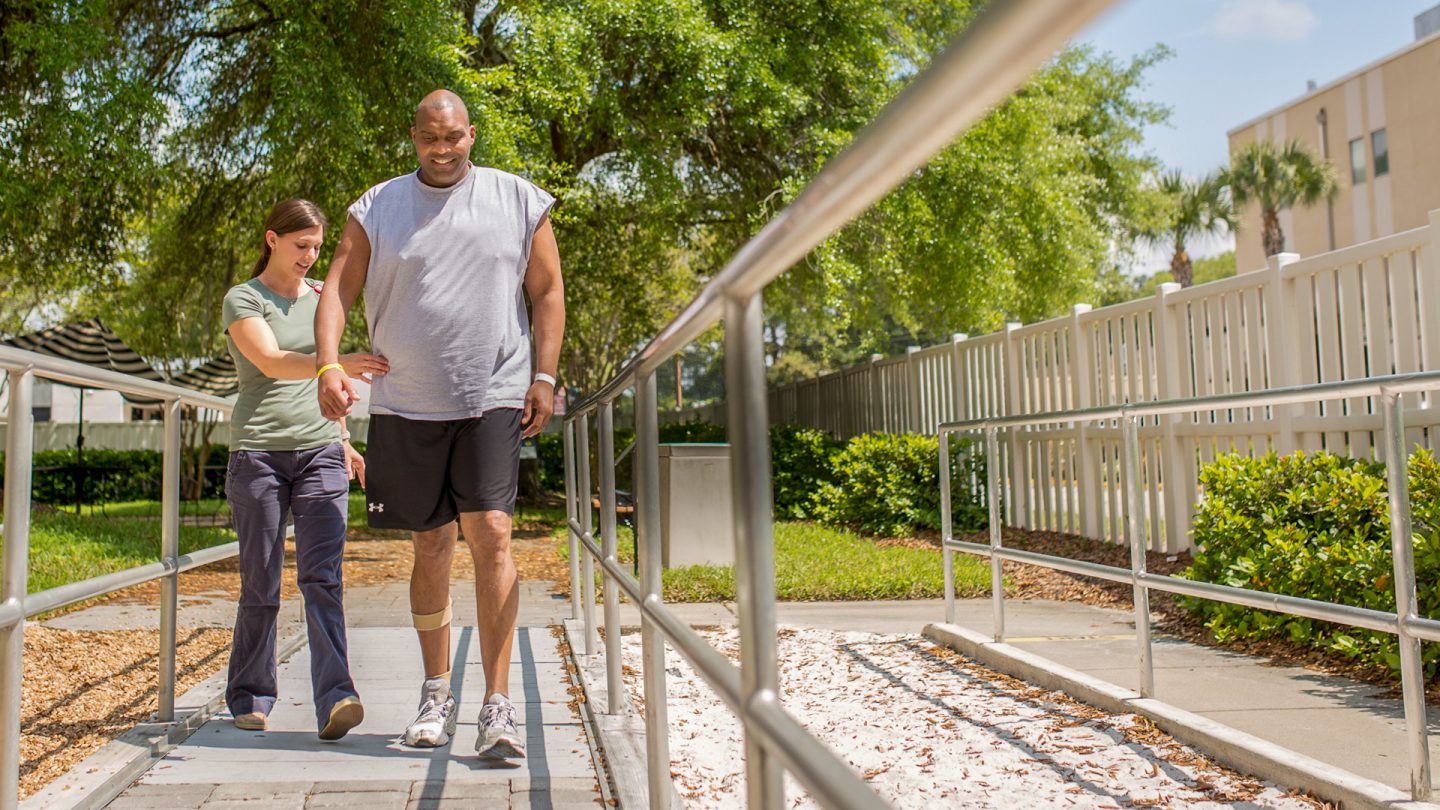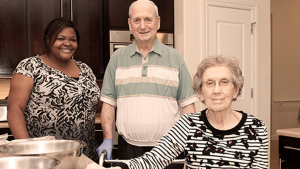Reduce Your Fall Risk

Back to physical health resource hub
Did you know that 1 in 4 older adults fall each year? As we get older, we are more at risk for falls. But this does not mean that falls are a natural part of aging. There are many things that we can do to reduce our risk level.
Here are some recommendations from the CDC to help reduce your risk:
1. Have your medications reviewed by your doctor or pharmacist
Often times, medications can have side effects that put us more at risk for falls such as dizziness, blurred vision, increased urgency to urinate, etc. Have your medications reviewed to ensure that you are taking the appropriate dosage, to monitor the drug interactions (especially if you have various providers writing prescriptions), and to determine if you still need to be taking medications that may have been prescribed for a condition that is now resolved. Ask your doctor if vitamin D supplements are right for you to help improve bone health and reduce your risk of fractures.
2. Have your eyes and feet checked
Your vision can change over time so your glasses may not be as effective as they use to be. Make sure your current prescription is the right one.
One of the most neglected and overworked parts of our body are our feet. Have your feet checked to make sure there are no areas of concern (skin breakdown, bunions, corns, etc.) that may interfere with your ability to walk. If your feet are sore, your body tries to adjust and this can cause you to walk differently than normal. This may throw you off balance and cause a fall. Always wear safe footwear – good fitting shoes with support and nonskid soles. Ask your doctor whether a referral to a foot specialist is needed to address any concerns.
3. Make your home safer
Check for hazards like throw rugs, cords, wires, or boxes around that house that you can trip over. Do you have enough space to walk without having to turn sideways? Check to ensure that there is adequate lighting, especially in bedrooms and bathrooms. Use nightlights that turn on automatically. Install grab bars in showers and by toilets. Check the security of the stair handrail, and have 2 handrails if possible. In the kitchen, place your most frequently used items on the counter or in a cabinet that is at eye level. Avoid having to use a step stool to reach for items. Talk to your family and friends to help rearrange things so they are convenient for you.
4. Exercise to improve your balance and strength
It is never too late to start exercising. Lack of exercise can cause weakness and increase your risk of falls. Exercises that increase your leg strength, especially the muscles in your thighs, can improve your balance and decrease your risk of falls. Talk to your doctor about the best exercises for you. There are various exercise programs offered in the community. Many senior centers offer exercise classes as well. Or your doctor may determine you might benefit from a referral to physical therapy. Together, you can find a program that works.
Most importantly, if you’ve fallen or are concerned about falling, please talk to your family or your doctor. The fear of falling can increase your risk. By talking about it, you can come up with strategies to decrease your chances of falling.


